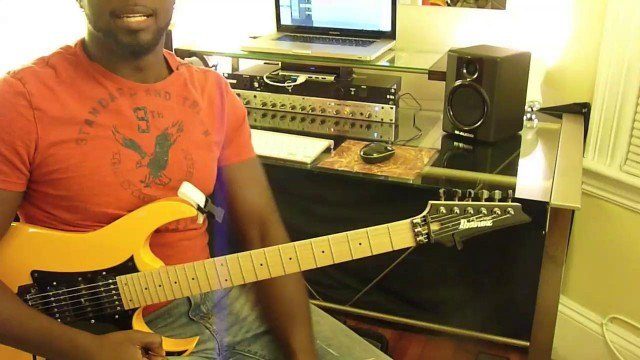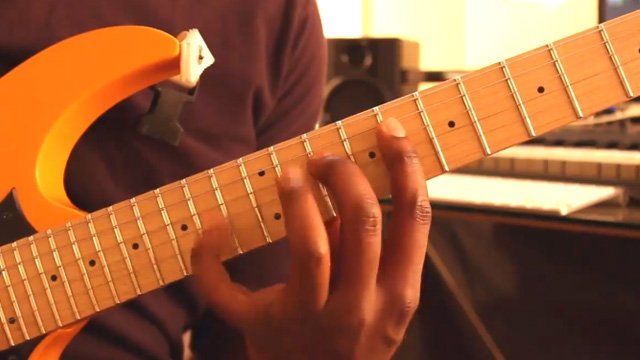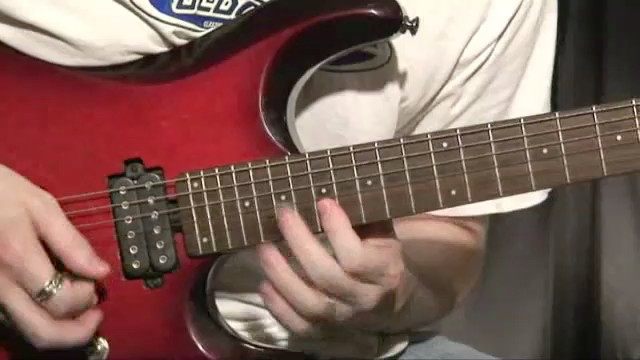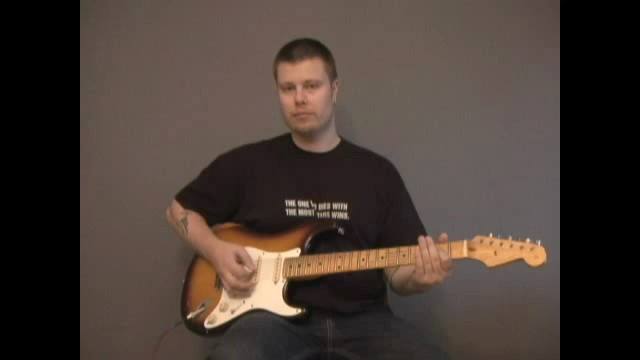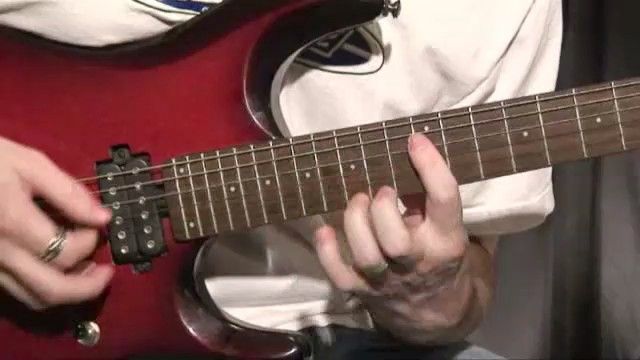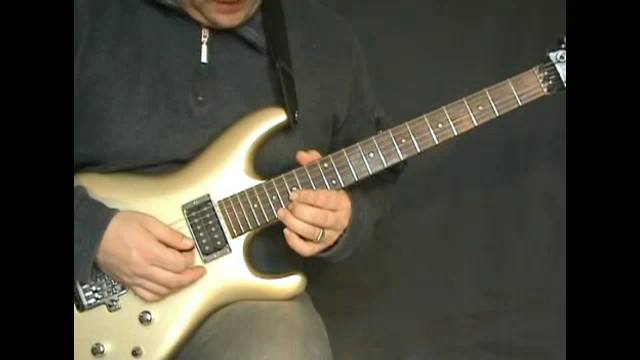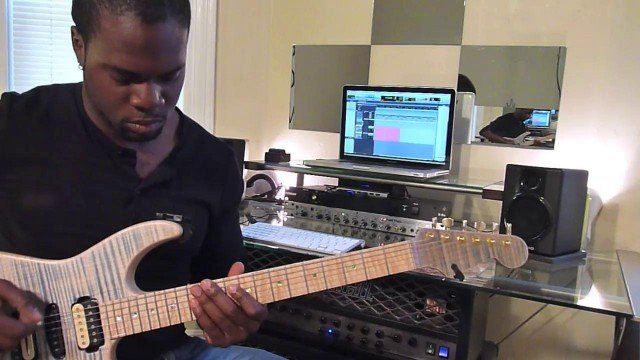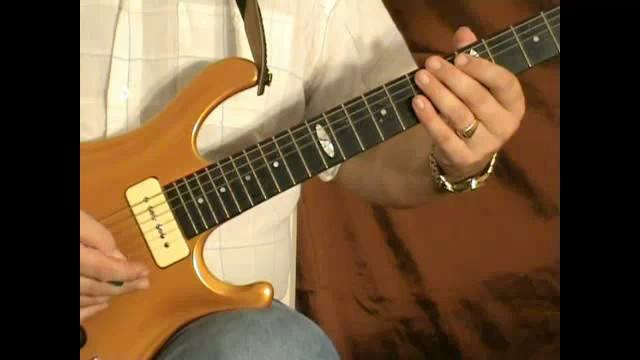Welcome to this tutorial on Muting Technique!
In this tutorial we will be taking a closer look at some various uses of muting for rock rhythm playing. First of is the good old palm muting we all know and love. When you read any rock tab in any guitar magazine, you are pretty much bound to see at least some parts marked P.M. However, there is not just one type of, or rather degree of, palm muting. For instance, you couldn’t use the same degree of palm muting to play say a tune by Deep Purple, as you would a tune by Pantera.
In this first part we will look closer on how to vary your palm muting through right hand positioning and pressure. Palm muting as a technique in rock rhythm guitar playing has always been present, but was perhaps most firmly established in the 70’s, with bands like Black Sabbath, Deep Purple and Led Zeppelin. A common ground for most 70’s rock as far is muting goes is how “invisible” it tends to be in the music. That is, the muting is very loose and the hand is positioned just on top of the actual string saddles, right on top of the bridge. This, in combination with a medium amount of pressure, results in a palm mute that allows the string to ring significantly longer than what we are used to hearing in modern rock bands. It’s basically just one step above an open string, just slightly tightening up the riff or chord being played.
As palm muting progressed and new rock styles came and went, so did the hand start to gravitate towards the neck, away from the bridge. This resulted in a “deader” string, with less and less ring to it. When you listen to bands like Iron Maiden or Metallica, there is quite a difference in the length of the tone when palm muting. It is much more staccato and aggressive. Some bands, like Meshuggah, took it even further in the 90’s, positioning the hand almost above the bridge pickup, and applying a larger amount of pressure on the string. This results in a very “metallic” attack, and a very, very staccato note.
It is harder to explain the sonic result of these palm muting degrees than it is to show you, so just click play and get to work will ya! Also, make an effort to listen to bands from all decades and see how they sound. Also, try to play say a Metallica style riff, but with a looser palm muting, and you will drastically change the entire sound of the song.
In closing, it is much more important to have the correct muting technique in order to achieve a certain riffing sound, than it is to have the same exact setup as the artist in question. For example, you would never be able to get the attack of Meshuggah’s older material without mastering the way the palm mute, regardless of what gear you use. As the old saying goes, “it’s all in the fingers”.. well, in this case you might say “it’s all in the palm of your hand” =)
On to example 1 then. In this example I play a style of riff that might be found on a 70’s rock album. Many bands, like Purple, often played 4th-based rhythms, to create some harmonic distance between the guitar and the often present organ. Using a looser muting helps the sound authentic, and the harmonic structure of the riff, enables several instruments to co-exist without interfering with each other.
Once you have example number 1 down, move on to the next one for a more modern sounding palm muting example.












